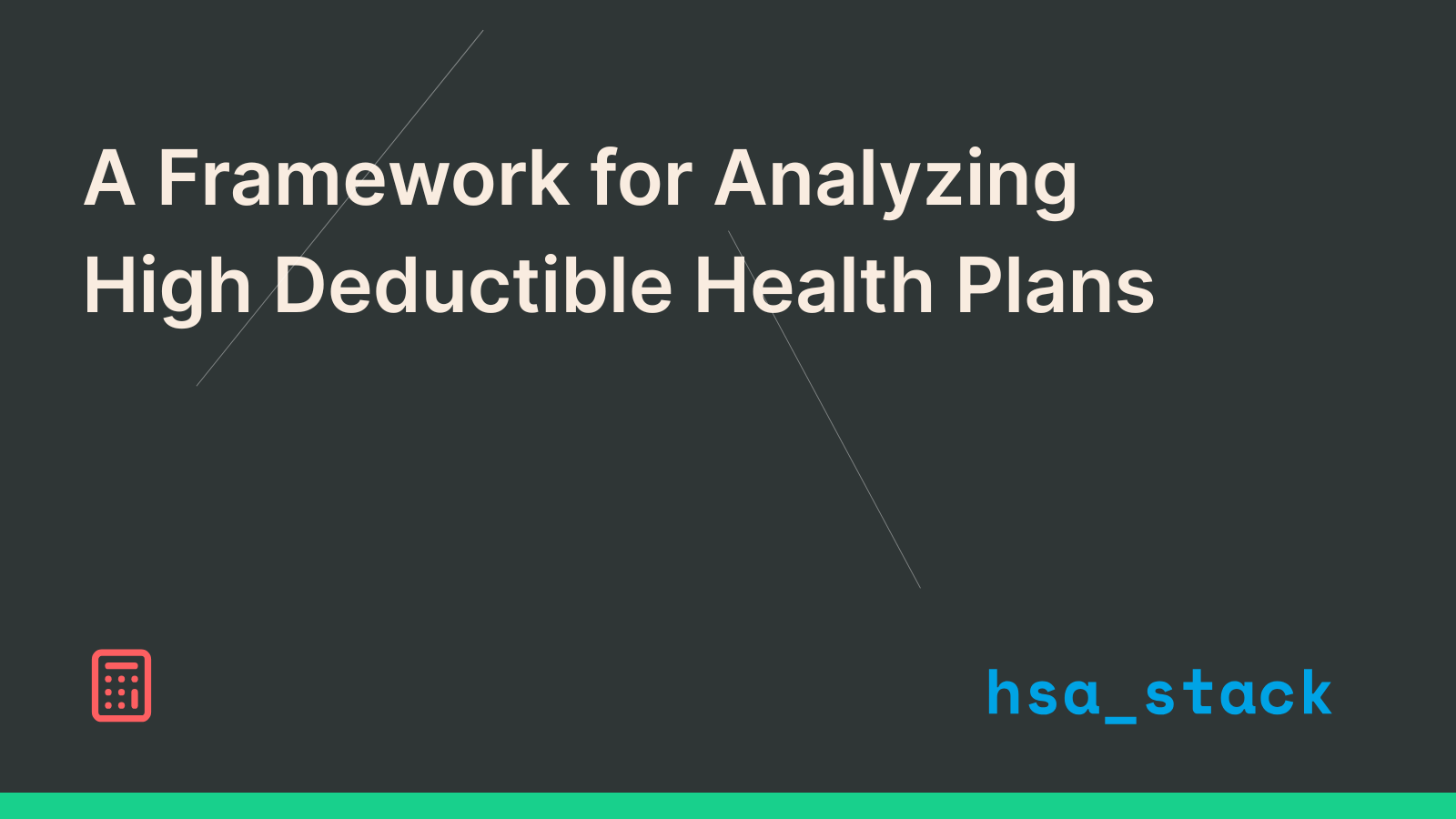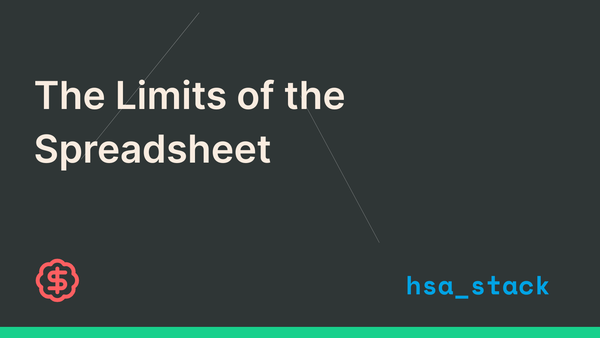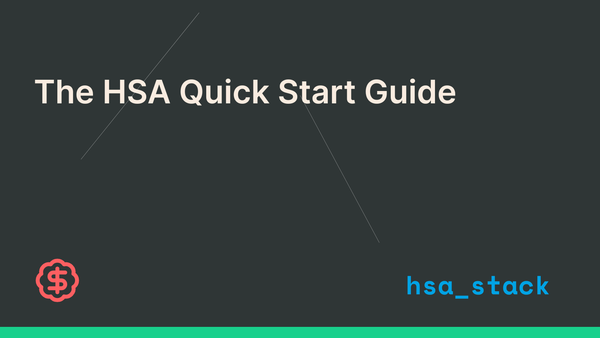Is Concern Over High Deductibles Costing You? A New Look at Your Health Plan
Concerned about high deductibles? Learn to analytically compare health plans and see if an HDHP and its powerful Health Savings Account are right for you.

During open enrollment, the term "High-Deductible Health Plan" (HDHP) can cause immediate hesitation. The size of the deductible often leads people to select a more traditional PPO plan, believing it’s the safer financial choice.
It’s an understandable reaction. But is a decision based on that initial concern the most optimal one?
While we are advocates for the powerful, triple-tax-advantaged Health Savings Accounts (HSAs) that are exclusively paired with HDHPs, we're also the first to say an HDHP isn't for everyone. Your personal circumstances dictate the right choice.
The goal here isn't to sell you on an HDHP. It's to offer a clear framework for analysis—to help you move beyond the initial apprehension and make a calculated decision.
Premiums vs. Potential Out-of-Pocket Costs
The choice between a PPO and an HDHP is a trade-off.
- PPO: You pay higher monthly premiums for the certainty of lower copays and a lower deductible. You're paying more in fixed costs for more predictable variable costs.
- HDHP: You benefit from lower monthly premiums, which means more money in your paycheck. The trade-off is that you are responsible for a larger share of your medical costs until your deductible is met.
A common oversight is focusing only on the worst-case scenario for the HDHP without weighing the guaranteed, recurring cost of higher PPO premiums.
A Simple Framework for Analysis
Instead of a gut decision, run the numbers with this straightforward approach.
- Calculate the Premium Savings: Determine the annual premium difference between the PPO and the HDHP. This is the guaranteed amount you save with an HDHP, regardless of your healthcare usage.
- Factor in "Free Money": Does your employer contribute to your HSA for choosing the HDHP? Many do. Subtract this employer contribution from the HDHP's deductible to find your true potential out-of-pocket exposure.
- Consider Your Typical Medical Year: Are you generally healthy with only preventive visits (often covered at 100% by both plans)? Or do you have chronic conditions that require frequent care?
- Compare Total Potential Costs:
- Healthy Year: With only preventive care, your main cost is premiums. The HDHP’s lower premiums usually make it the winner.
- Worst-Case Year: Add the annual premiums to the out-of-pocket maximum for each plan. You might be surprised to find that the total cost of the HDHP is still lower, thanks to significant premium savings.
The HSA: A Game-Changing Variable
This analysis is incomplete without the HSA. The money saved on lower HDHP premiums can be contributed to your HSA, where it’s yours to keep and grow.
- Tax-Deductible Contributions
- Tax-Free Growth
- Tax-Free Withdrawals for qualified medical expenses
The HSA is not a "use-it-or-lose-it" account. It is a personal savings and investment vehicle. When you pay for medical expenses out-of-pocket while letting your HSA grow, you are turning today’s healthcare costs into tomorrow's tax-free assets.
The Right Choice is the Informed Choice
Choosing an HDHP involves a mindset shift—from paying high premiums "just in case" to paying yourself first via an HSA.
For those with significant, predictable medical needs, a PPO may still be the most logical path. For many others, hesitation about the deductible prevents them from accessing a more efficient way to manage healthcare costs and build wealth.
This year, don't let apprehension make the choice for you. Run the numbers. Consider your health. Understand the trade-offs. You may discover that the option you were hesitant about is actually the most strategic one for your financial future.




